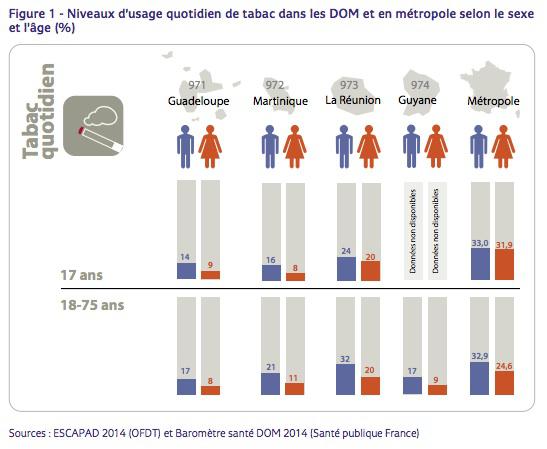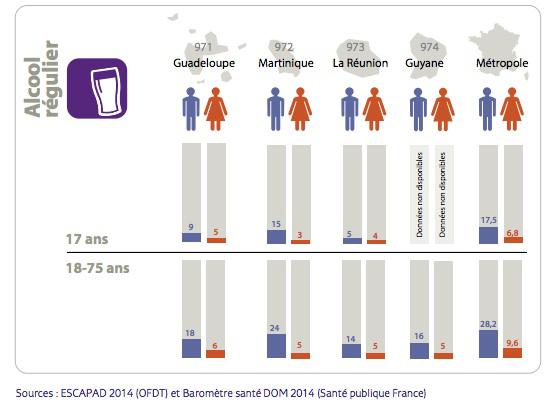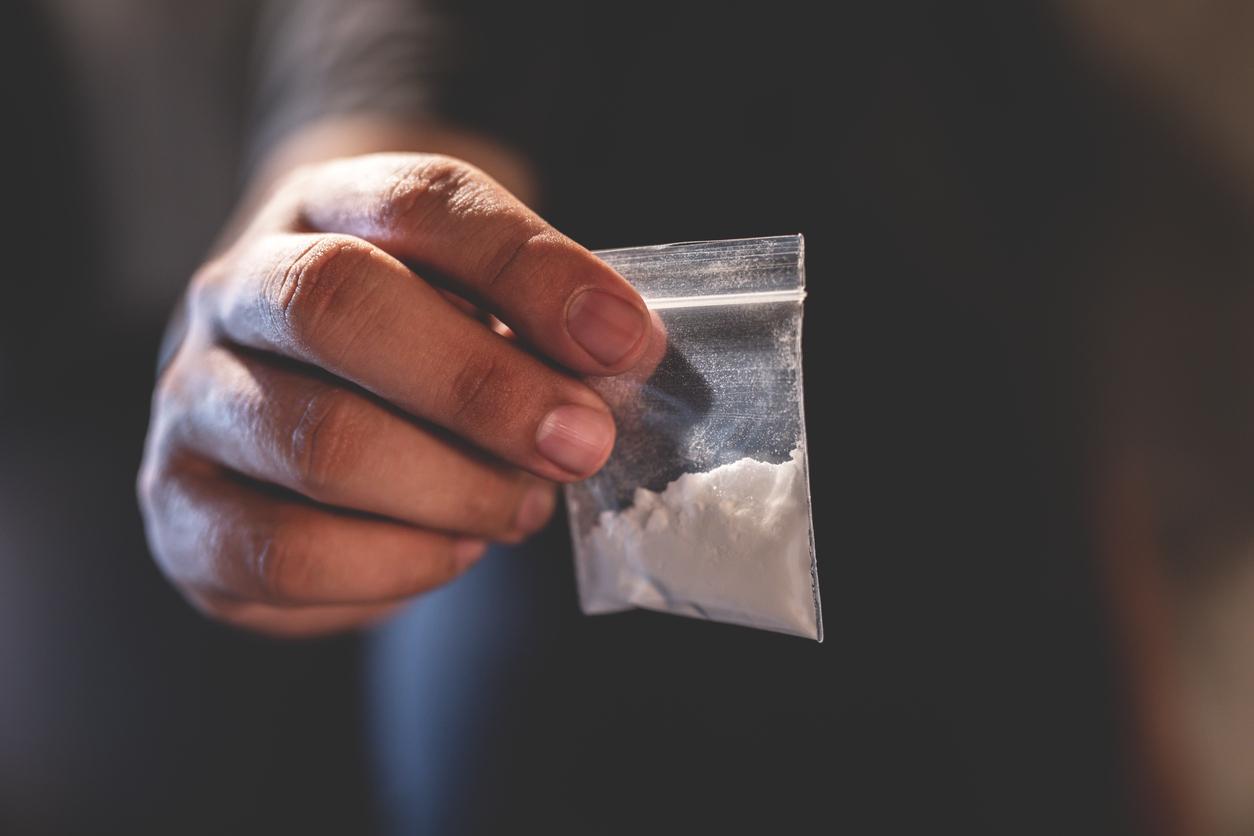The French overseas tend to consume less tobacco, alcohol and cannabis than those in the metropolis, all ages, according to the OFDT.

This is a complete portrait of the OFDT (French Observatory for Drugs and Drug Addiction) in its latest issue of Trends on drug use overseas. All age groups are screened, from 17 to 75 years old; this is the first time that these statistics have been collected and analyzed in the literature.
They depict an astonishing landscape of drug use in the Overseas Departments (DOM). The survey confirms that overall, we smoke, drink and drugs less than in metropolitan France. However, addictive behavior and risky practices are not necessarily less numerous or problematic.
Cigarettes are not popular
The work, carried out with Santé Publique France, shows that with the exception of Reunion, tobacco consumption remains very much lower than that recorded in metropolitan France – and this, while the packet of cigarettes sells for less! When 33% of metropolitan residents aged 17 to 75 say they smoke daily, in Guadeloupe and Martinique, daily smoking concerns 12% of the adolescent and adult population. This is even where we find the lowest rates in France.

The e-cigarette, for its part, is not a common consumer product in overseas communities. “Among 17-year-old adolescents, the levels of experimentation vary from 30% in Martinique to 40% in Reunion, against 53% in metropolitan France”, note the authors. In the French Departments of America (DFA), 2% of the vaping population, against 6% in metropolitan France.
Less alcohol, more sport
On the alcohol side, here too, the Ultramarins stand out with their regular consumption levels lower than those of the metropolis, both in teenage and adult populations – again with nuances between the territories. This time, Réunion shows a particularly low consumption – 14% of men and 5% of women drink alcohol at least ten times a month, against 28% and 10% in metropolitan France.
“These differences can be explained by a much lower consumption of wine in the overseas departments,” the OFDT suggests. As this is an essentially imported drink, it is likely that the absence of wine growing and the price of this imported product are dissuasive elements in terms of use ”. In addition, “binge drinking” is less widespread there, both among adults and adolescents. Overall, women drink much less than men.

Illicit drugs
Finally, if cannabis is less widespread in the overseas departments, we find similarities on this product, in particular with Réunion and Martinique where the levels of regular use are comparable to those in the metropolis – for men, in any case. Access to the product, grown locally, is a factor explaining this consumption.
The other illicit drugs – MDMA, cocaine – remain little used, both occasionally and regularly. If attention has been focused on “crackers” in the DFA, they actually constitute a very “marginal” population, specify the work.
This lower propensity to consume psychoactive products in the overseas departments reflects the specific local, social and cultural characteristics of each of them. If “only an ethnographic survey could show that they have different representations and motivations (..)”, the OFDT puts forward several explanations: the considerable place of sport in certain overseas departments, “hardly compatible with heavy tobacco consumption, alcohol or cannabis ”,“ the family, social and religious context favoring stronger parental and societal control among young people ”.
Risky behaviors?
However, the consequences of this consumption do not seem to be better contained in the overseas departments. While the inhabitants of Reunion show a weak inclination for alcohol, the mortality linked to this substance is twice as high as in mainland France, with 220 deaths which are directly attributed to it between 2010 and 2012. In addition, accidents involving the road involving alcohol are more numerous in the Overseas communities.
Concerning cannabis, the OFDT has detected problematic use among adolescents, particularly in Guadeloupe and Martinique, where “the number of treatments for consumers, compared to the population, is more than twice as high as in metropolis ”.
However, the Observatory accepts the lack of precise data on the question. He recalls the various factors present in the overseas departments, which can promote risky consumption: a very high proportion of young people, highly exposed to school failure, unemployment and socio-economic inequalities.
.















